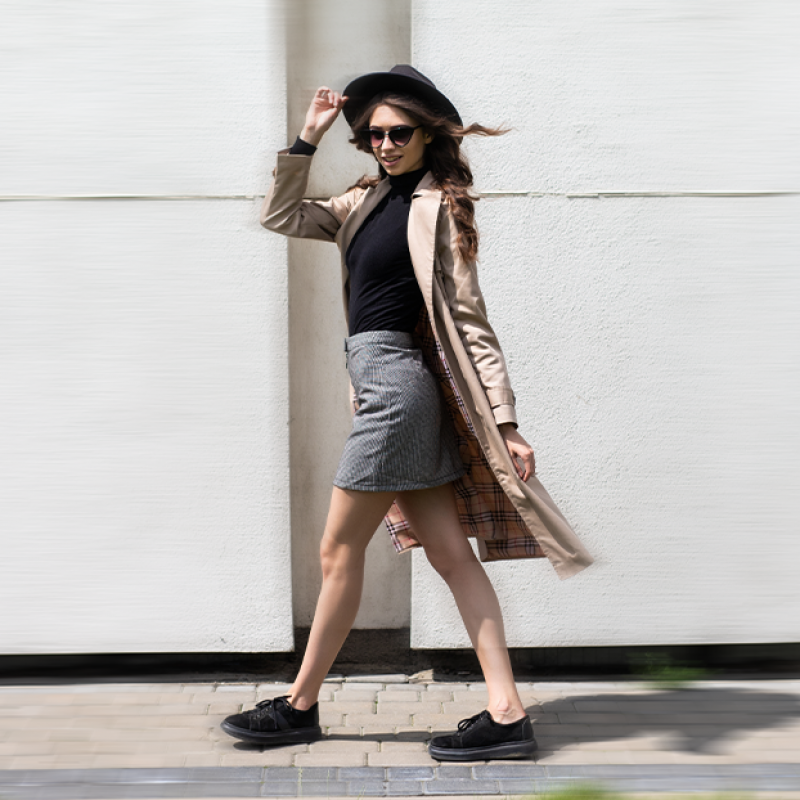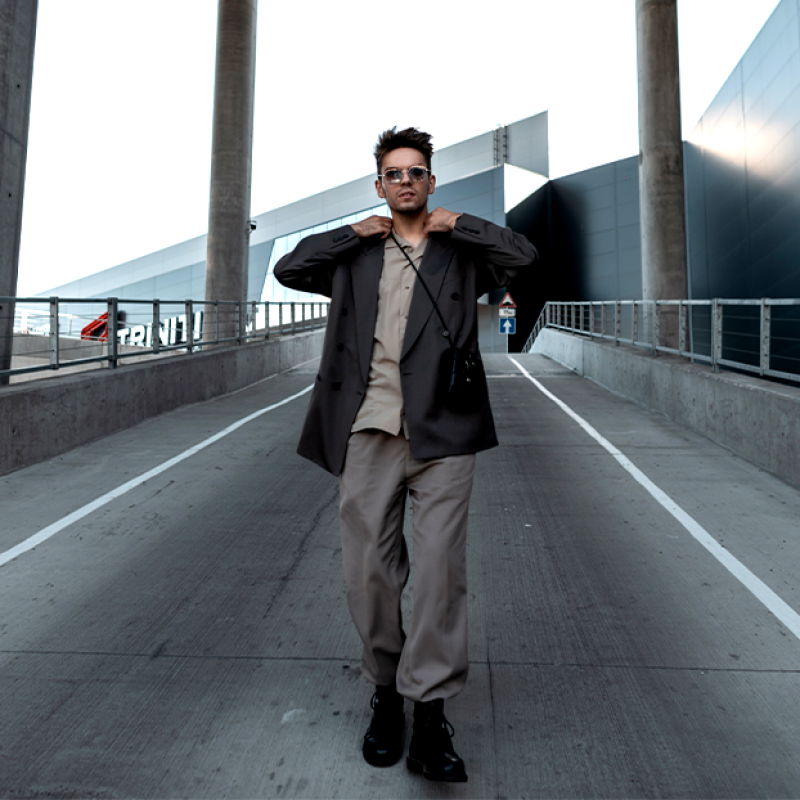The “Inverted Outfit” concept flips the fashion script—taking what’s usually hidden and making it the star. Think innerwear-inspired silhouettes, visible linings, and reversed construction. It's not just a quirky trend; it's a calculated style move that blends deconstruction with minimalism. For both men and women, especially when it comes to dresses, the inverted look offers an edgy, unconventional aesthetic that’s bold yet refined.
1. Understanding the Inverted Aesthetic
At its core, an inverted outfit highlights structural details that are normally concealed. Seams on the outside, raw hems, exposed stitching, visible tags, or inside-out paneling—all become part of the design language. For women, this might appear in slip dresses with visible boning or dresses with a corset lining worn as the outer shell. For men, shirt dresses with inside-facing button plackets or exposed seam work embody the concept with restraint and sophistication.
2. Start with a Reversed Base
Choose a dress that’s intentionally constructed with inverted features—not just something worn inside-out. The idea isn’t messiness—it’s controlled rebellion. Women can opt for a bias-cut slip dress with visible overlock seams or reverse darts that trace the body. Men can lean into minimalist dresses or tunic-style pieces with outer-exposed linings or stitch detailing. The key is that the inversion should look purposeful, not accidental.
3. Let Structure Do the Talking
Since you’re working with a concept already rooted in visual complexity, keep the silhouette clean. Women can go for column dresses or mid-length styles with slight drapes or sharp seams turned outward. Men might wear shirt dresses that look tailored from the back but reveal their raw construction at the front. Clean lines in the overall silhouette help balance the deconstructed elements, allowing the inversion to stand out without looking chaotic.
4. Play with Fabric Contrast
The inverted look shines when there’s contrast. Dresses with a lining that differs in texture or tone from the outer layer are perfect candidates. For women, a semi-sheer outer shell with an opaque inner layer—visibly sewn and styled as the external fabric—adds depth and intrigue. For men, dresses with matte exteriors and a glossy reversed lining panel used creatively at the front or sleeves create high-impact visuals without any need for embellishment.
5. Keep It Consistent Within the Garment
The biggest mistake in styling the inverted look is mixing it with conflicting design languages. Stick with dresses that maintain the inside-out theme throughout. For example, don’t mix a raw-hem top section with a hyper-tailored bottom—it’ll feel disjointed. Instead, let the theme run from neckline to hem, ensuring the reversed elements feel intentional. Whether it's a full inside-out dress or just a hemline flip, consistency keeps it sharp.
Conclusion
The inverted outfit concept takes fashion fundamentals and reimagines them through an artistic, rebellious lens. By embracing dresses that highlight construction instead of hiding it, both men and women can redefine elegance with edge. It’s not about breaking the rules for shock value—it’s about turning the familiar on its head and making it fashionable.





